The Food-Based Glow-Up: How to Get Healthier-Looking Skin from Your Grocery Cart
Ever notice how some people have this incredible, healthy-looking glow that doesn’t seem to come from the sun? For years, clients have asked me how to get that warm, vital skin tone without resorting to sunbathing or tanning beds. The answer, surprisingly to many, isn’t in the cosmetics aisle—it’s in the produce section.
In this article
Honestly, this is one of my favorite topics to talk about. It shifts the entire conversation from something potentially damaging (like UV exposure) to something genuinely good for you: eating a diet packed with nutrients. That warm hue is basically a visible sign that your body is well-stocked with powerful antioxidants. It’s a glow that truly comes from the inside out. So, let’s break down the science, the best foods to eat, and how to make this happen realistically.
The Science Behind a Food-Induced Glow
First things first, let’s clear something up. Your skin gets its color in two main ways. The one we all know about is melanin, which is the pigment your body makes when the sun’s UV rays hit your skin. It’s a defense mechanism, and it’s what we call a suntan. This process is literally triggered by damage.

But there’s another way. It involves compounds called carotenoids. These are the natural pigments that give fruits and veggies their brilliant yellows, oranges, and reds. When you eat them, your body can store them in your skin, creating a subtle, warm, golden hue. It’s not a tan; it’s a coloration. And research has shown that people often perceive this carotenoid-based color as looking even “healthier” than a suntan. Our brains seem to be hardwired to recognize it as a sign of good health.
Here’s the simple version of how it works: you eat these colorful foods, and because carotenoids are fat-soluble, they get absorbed into your bloodstream (with a little help from fat). From there, they get deposited in the fatty layers of your skin. It’s that simple.
Your Color-Coded Guide to Glowing Skin
Achieving this glow isn’t about obsessing over one so-called “superfood.” It’s about consistently eating a variety of colorful foods. Here’s a breakdown of the key players.
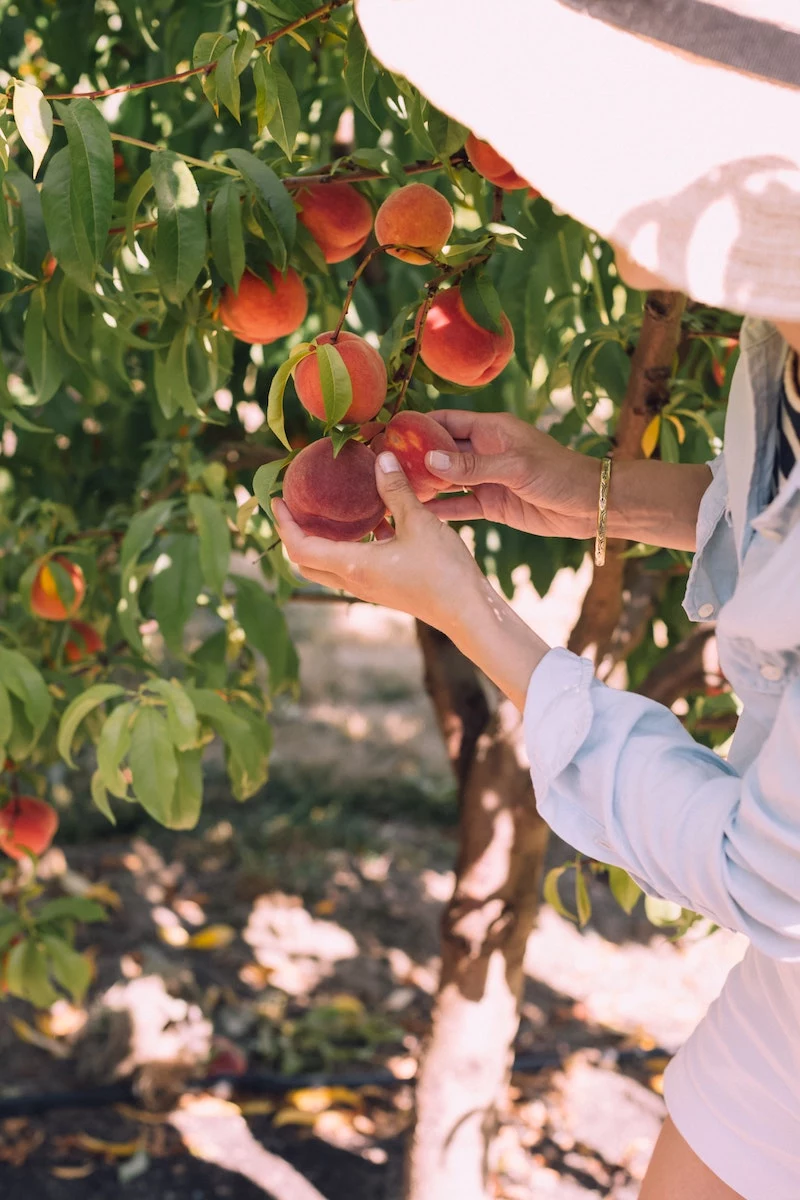
The Orange & Yellow Crew: Beta-Carotene Powerhouses
Beta-carotene is the most famous of the bunch, and it gives a beautiful yellow-orange tint. It’s also something your body can turn into vitamin A, which is a huge plus.
Top Picks: Sweet potatoes are the undisputed champions here. Carrots are a close second, followed by pumpkin and butternut squash. A single baked sweet potato can more than cover your needs for a day.
How to get the most out of them: Remember how I said carotenoids are fat-soluble? This is critical. Eating steamed carrots plain is good, but you’re leaving a lot of the benefits on the table. To actually absorb the good stuff, you need to pair these foods with a healthy fat. Think about roasting sweet potato wedges with a drizzle of olive oil, dipping carrots in hummus (the tahini has fat!), or mashing your butternut squash with a pat of butter. You don’t need much—about a teaspoon or two of oil per cup of veggies, or a quarter of an avocado on the side, does the trick.
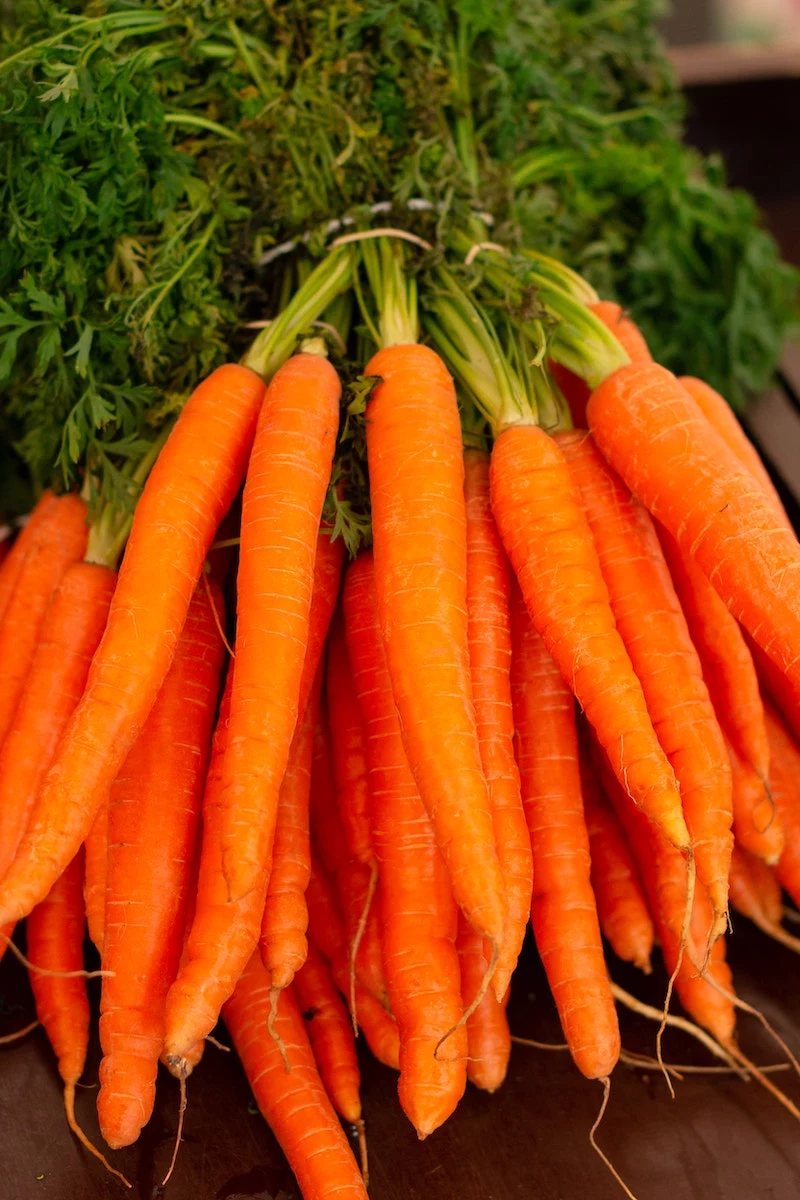
The Red Brigade: Lycopene Leaders
Lycopene is another powerhouse antioxidant that gives off a reddish pigment. It’s especially great for your heart and skin health.
Top Picks: Tomatoes are the #1 source. And here’s a fun fact: cooked and processed tomatoes, like tomato paste or sauce, make the lycopene more available for your body to use. The heat breaks down the plant’s cell walls and releases it. Watermelon and pink grapefruit are also fantastic sources.
A little trick: One of the easiest and cheapest ways to get a concentrated dose is with tomato paste. You can get a can for under a dollar at any grocery store. Stir a tablespoon into soups, stews, or pasta sauce. It deepens the flavor and gives you a massive lycopene boost. That’s a pro tip!
The Green & Gold Group: Lutein and Zeaxanthin
These two are famous for protecting your eyes, but they also deposit in the skin and contribute a lovely, subtle golden-yellow tone. Don’t let the green color of the foods fool you; the yellow pigments are just hiding underneath.
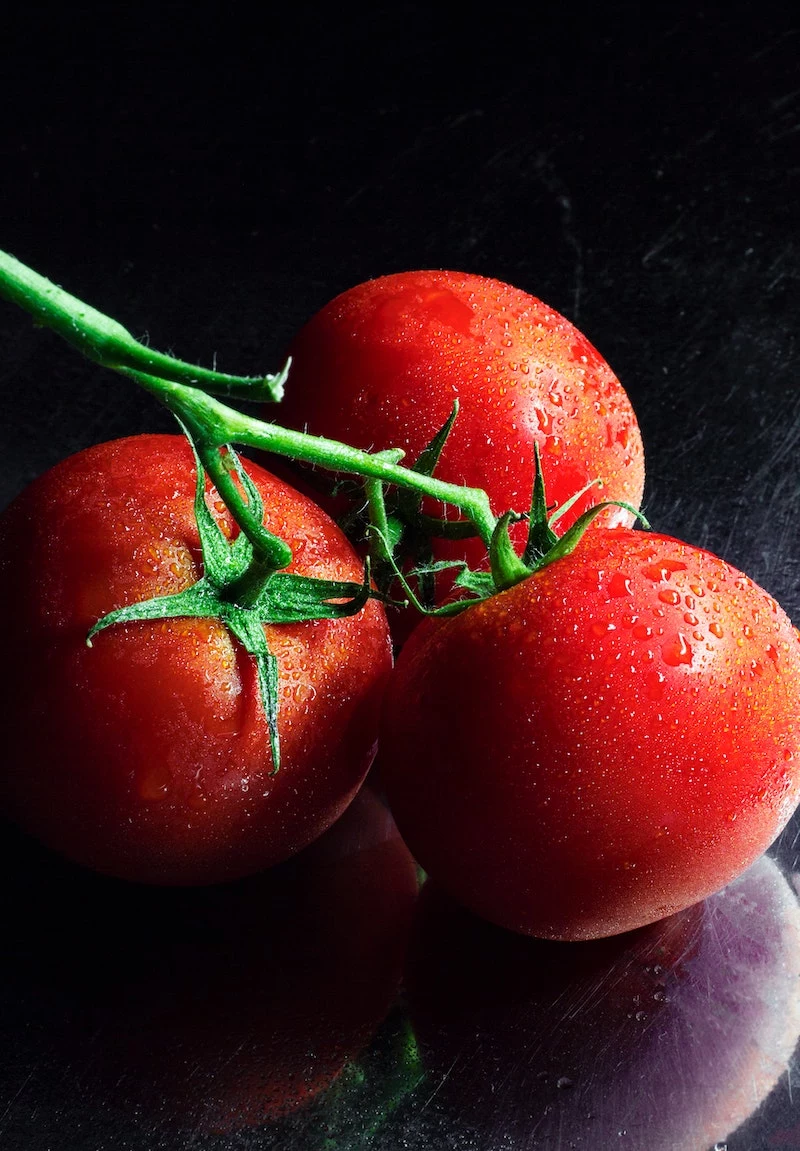
Top Picks: Dark leafy greens are where it’s at. Think kale, spinach, and collard greens. Egg yolks are also a fantastic source—the rich yellow color comes directly from these carotenoids.
How to get the most out of them: Lightly cooking these greens helps make the nutrients more available. Sautéing spinach or kale with a bit of garlic and olive oil is perfect. And hey, why not toss a hard-boiled egg onto your spinach salad? You get the carotenoids from the greens and the yolk, plus the fat from the yolk helps you absorb it all. It’s a perfect combo.
Let’s Be Real: Timeline, Expectations, and Safety
Okay, so how long does this take? This is not an overnight transformation. Be patient.
You’ll likely need to be consistent for at least 4 to 8 weeks to see a subtle, noticeable change. We’re talking about including one or two servings of these foods in your diet every single day. The effect builds up slowly and gracefully.
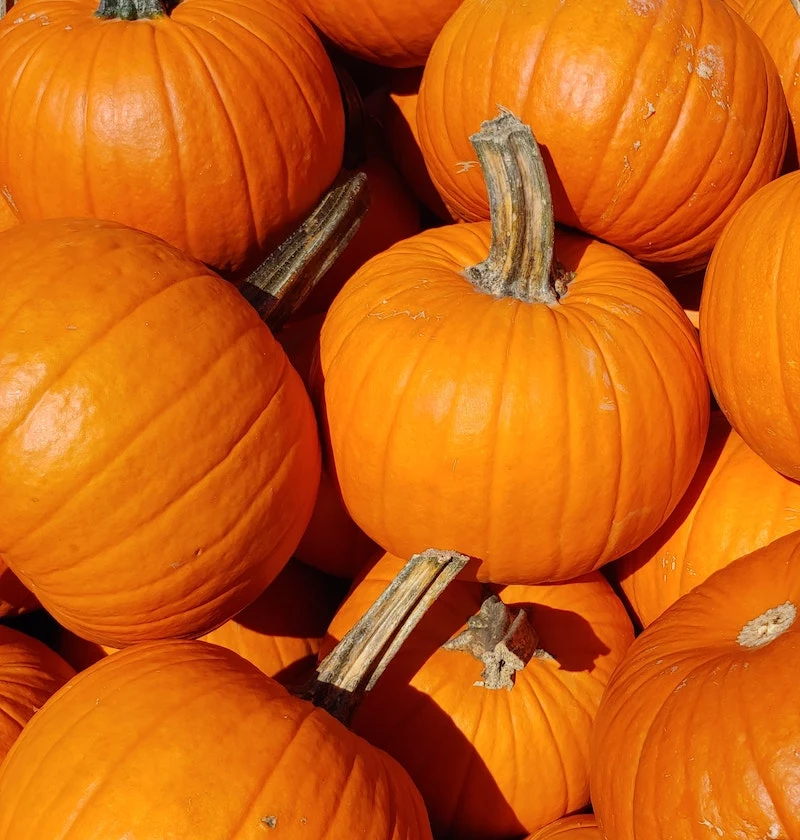
Heads Up: Will I Turn Orange?
It’s a valid question! And yes, you can get too much of a good thing. Consuming massive amounts of beta-carotene can lead to a harmless but startling condition called carotenemia, where your skin—especially your palms and the soles of your feet—turns a very obvious yellow-orange.
I once worked with a guy who started juicing over two pounds of carrots every single morning. After a month, he had a distinct orange cast. The key difference between this and a serious liver problem like jaundice is that with carotenemia, the whites of your eyes stay white. We swapped his carrot juice for a wider variety of veggies, and his skin returned to a healthy, subtle glow over a couple of months.
So no, the goal isn’t to look like a traffic cone. With a balanced intake, you’re aiming for a warm, healthy undertone, not an artificial-looking orange tint.
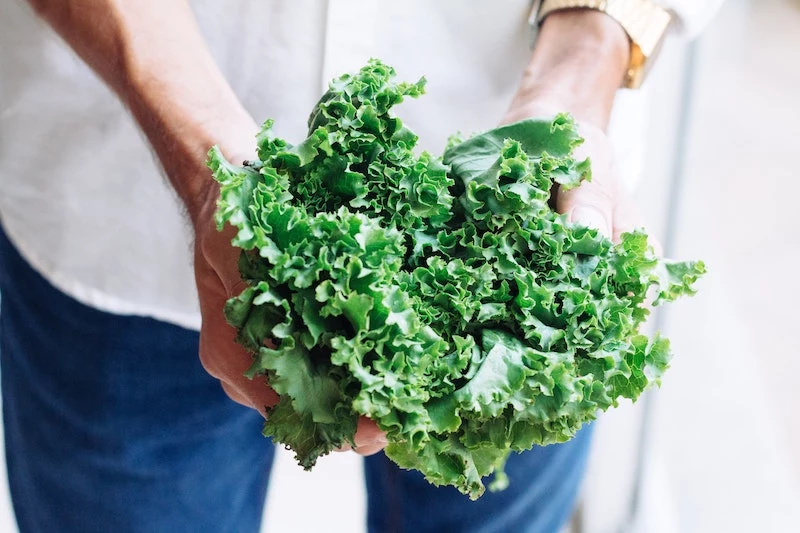
And please, this is NOT a substitute for sunscreen. While these antioxidants may offer a tiny bit of internal sun protection, it’s not nearly enough to prevent sun damage. Always wear your SPF.
Putting It All Together
So what does this look like in a normal day? It’s easier than you think.
Imagine this: a spinach and egg scramble for breakfast, a big salad with carrots and tomatoes for lunch (with an olive oil-based dressing, of course), and a side of roasted sweet potatoes with your dinner. See? Totally doable.
When you’re at the store, think in color. Your cart could have a bag of carrots, a few sweet potatoes, and some canned pumpkin puree (super cheap, around $2-3, and great for smoothies or soups). Then grab a can of tomato paste, a bag of frozen spinach (just as nutritious and budget-friendly), and a carton of eggs. You’re all set.
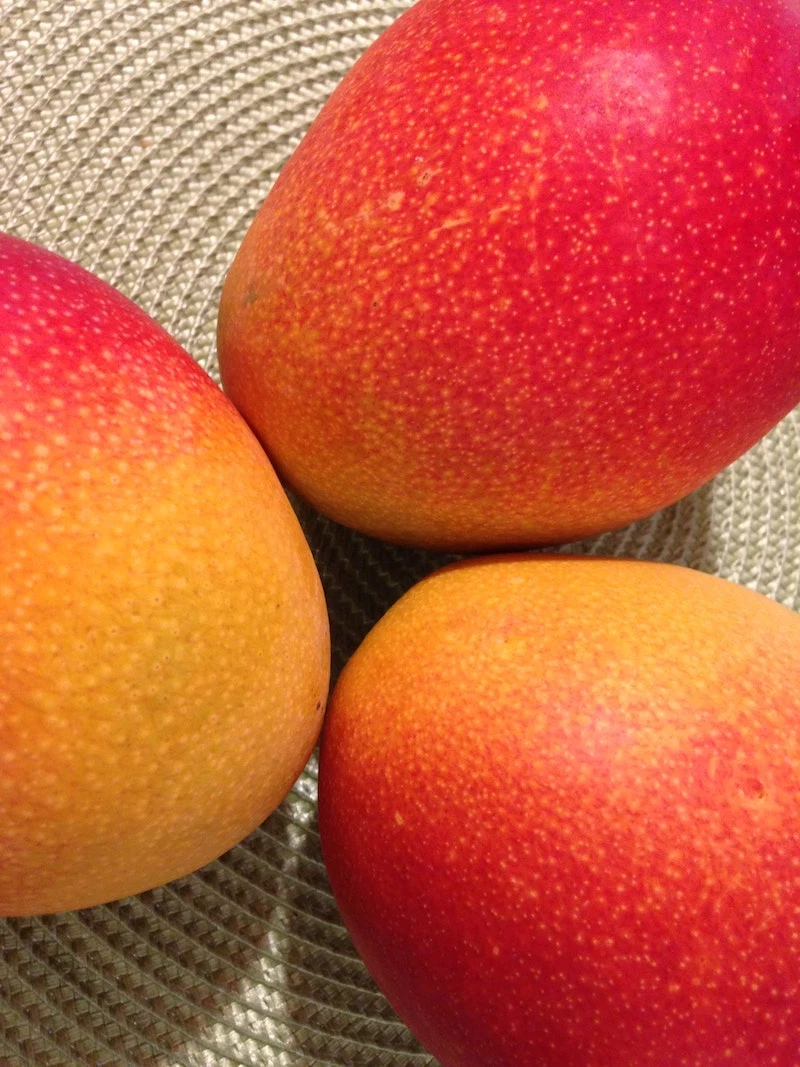
But Can’t I Just Take a Pill?
Ah, the supplement question. To be frank, it’s not the same. While a beta-carotene pill might sound easier, you miss out on so much. Whole foods provide fiber, thousands of other beneficial plant compounds, and hydration. The nutrients in food also work together in ways that a single, isolated supplement can’t replicate. My advice? Stick to the real deal. It’s safer, more effective, and a lot more delicious.
A Quick Note on Skin Tone
This effect works across all skin tones! For fairer skin, it might show up as a peachy or golden hue. For darker skin tones, it often adds a deep, rich warmth to your natural undertone, enhancing its vibrancy. It’s a universal sign of a well-nourished body.
Ultimately, while getting that healthy glow is a fantastic motivator, it’s really just the cherry on top. A diet this rich in colorful foods is doing amazing things for your entire body—from protecting your eyes to supporting your heart. Seeing that little glow in the mirror is just a pleasant reminder that you’re taking great care of yourself from the inside out.
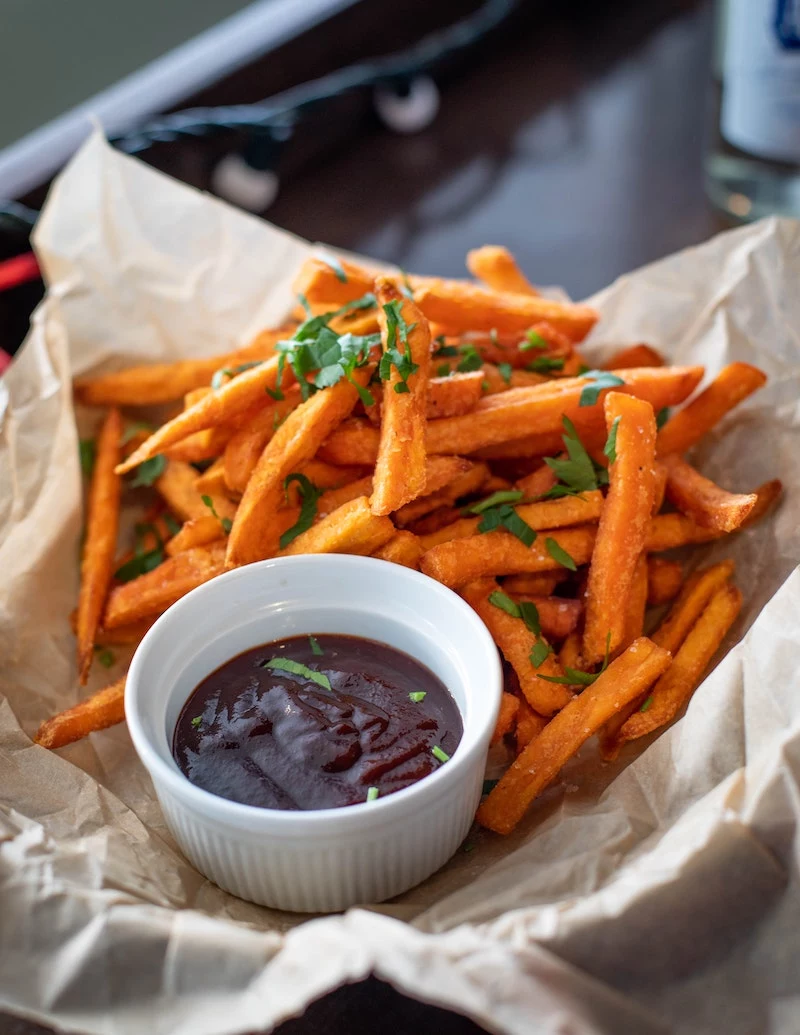
Inspirational Gallery
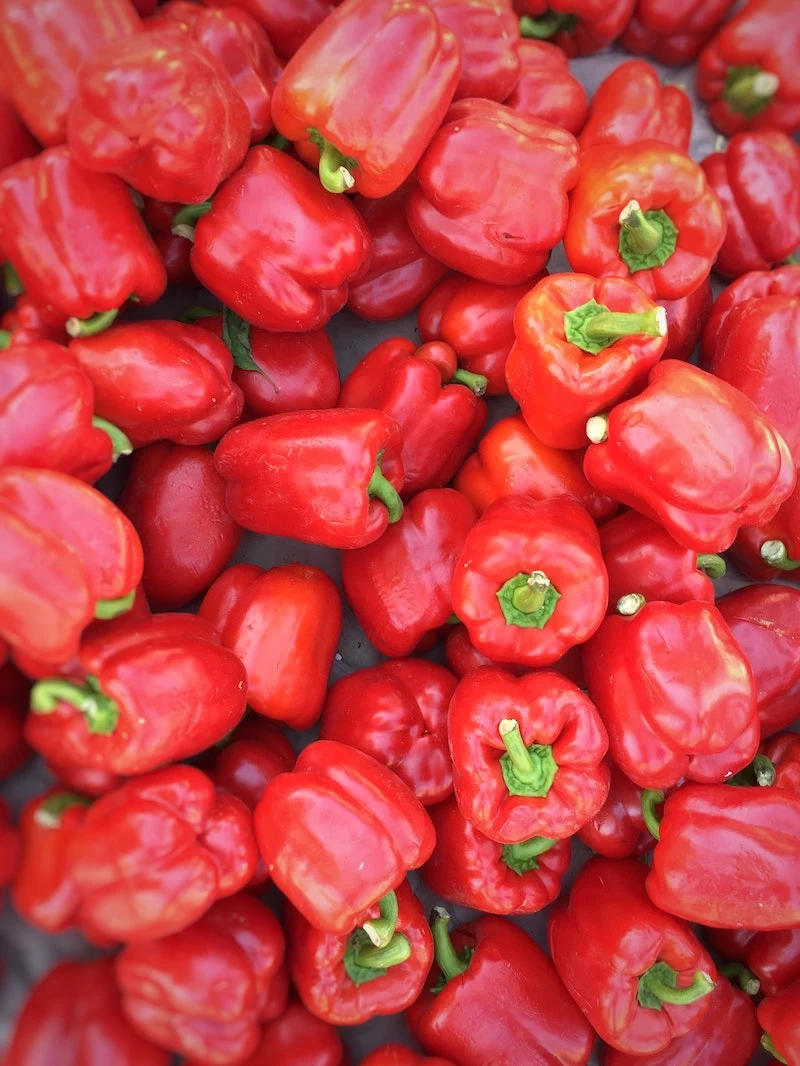
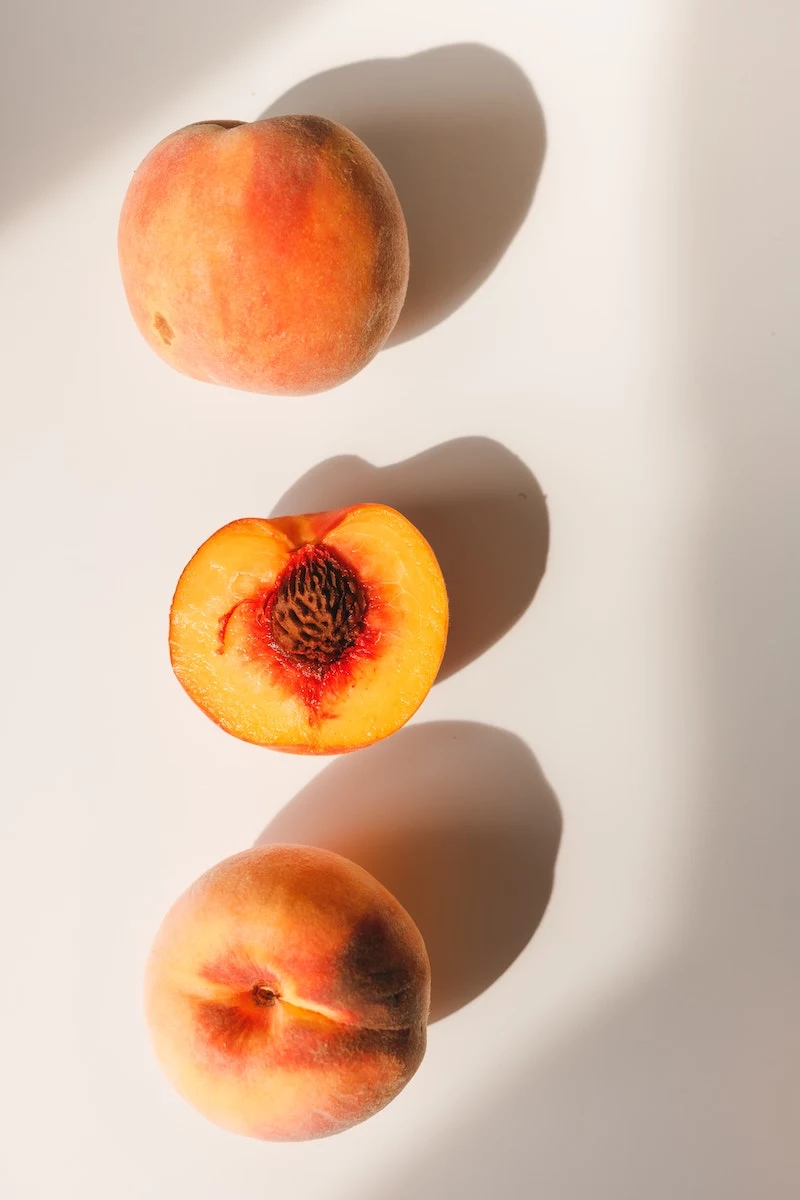
“I’m eating carrots and sweet potatoes, but not seeing a change. What am I doing wrong?”
The secret is in the pairing! Carotenoids are fat-soluble, meaning your body struggles to absorb them without a little help from dietary fat. Make sure to drizzle a quality extra-virgin olive oil over your roasted vegetables, add a handful of almonds to your snack, or blend a quarter of an avocado into your smoothie. This simple step unlocks those powerful pigments and helps deliver them to your skin.

A 2012 study published in the journal PLOS ONE found that participants who increased their fruit and vegetable intake over a six-week period saw a noticeable and measurable increase in skin yellowness and redness, which was perceived by others as looking healthier and more attractive.
Ready to drink your way to a sun-kissed look? This ‘Golden Glow’ smoothie is a fast and delicious way to pack in the carotenoids. Simply blend these ingredients until smooth:
- 1/2 cup frozen mango chunks
- 1 small raw carrot, chopped
- A splash of pure orange juice
- 1/2 cup unsweetened almond milk
- 1 tablespoon of chia seeds (for the essential healthy fats!)










